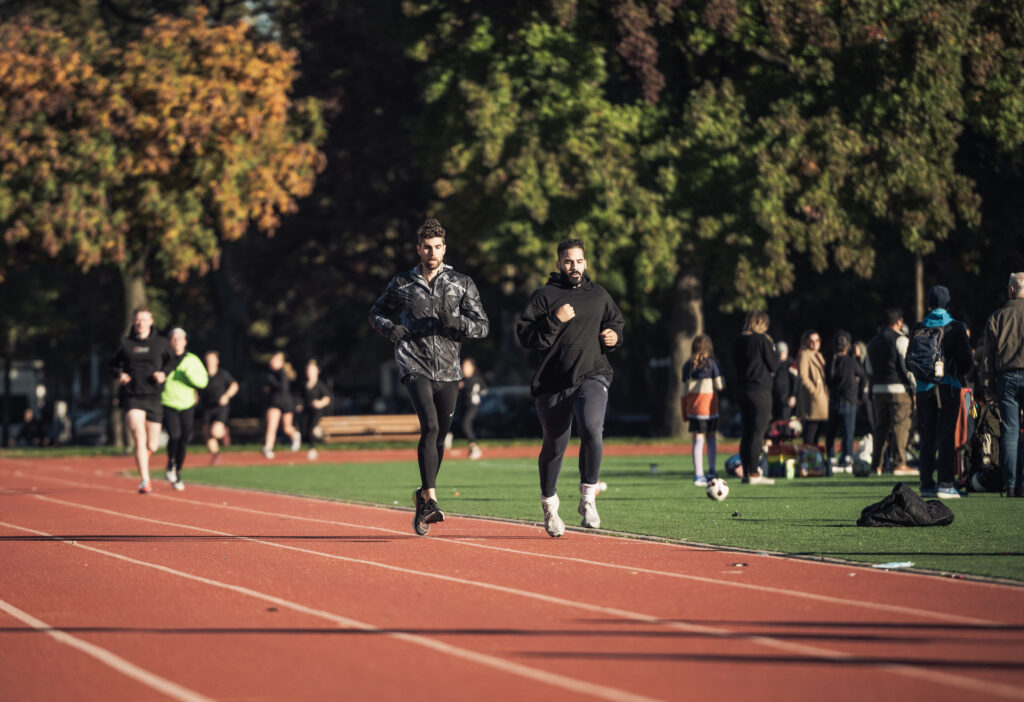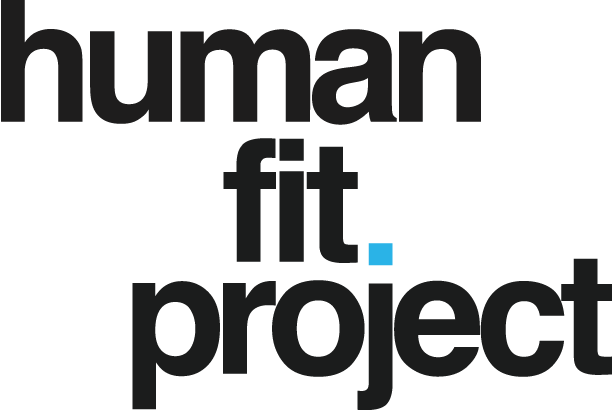Zone 2 training is a cornerstone of cardiovascular fitness, focusing on maintaining a heart rate at 60-70% of its maximum— a level that optimizes fat burning and improves aerobic capacity without overstressing the body. This workout plan is designed to help you integrate Zone 2 training into a balanced fitness regimen, enhancing endurance and cardiovascular health while supporting overall well-being.
Related: 35+ free workout plans for different goals and ability levels
Understanding Zone 2 Training
Zone 2 refers to exercising at an intensity where your heart rate is at 60-70% of its maximum. This is often considered the “aerobic zone” where the body utilizes fat as its primary energy source, promoting endurance and cardiovascular efficiency. Training in this zone is especially beneficial for those looking to increase their aerobic capacity, recover more efficiently, and manage overall training intensity throughout their fitness journey.
Assessing Your Current Fitness Level
Before embarking on a Zone 2 workout plan, it’s crucial to assess your current fitness level. Begin by determining your maximum heart rate, typically estimated with the formula: 220 minus your age. From there, calculate your Zone 2 target heart rate range. For most accurate results, consider conducting a fitness assessment under the guidance of a professional.
The Zone 2 Cardio Workout Plan

This balanced weekly workout plan prioritizes Zone 2 cardio while incorporating strength training and recovery to support overall fitness:
Tuesday – Full Body Strength Focus
Squats (3 sets of 12 reps)
Targets the quadriceps, hamstrings, glutes, and core.
Bench Press (3 sets of 10 reps)
Works the chest, shoulders, and triceps.
Bent Over Rows (3 sets of 12 reps)
Strengthens the back, shoulders, and biceps.
Dumbbell Shoulder Press (3 sets of 10 reps)
Focuses on the shoulders and upper arms.
Plank (3 sets of 1-minute holds)
Engages the entire core for stability and strength.
Friday – Lower Body and Core Focus
Deadlifts (3 sets of 10 reps)
Engages the lower back, glutes, hamstrings, and core.
Lunges (3 sets of 10 reps per leg)
Targets the thighs, hips, and glutes.
Leg Press (3 sets of 12 reps)
Strengthens the quadriceps, hamstrings, and calves.
Leg Raises (3 sets of 15 reps)
Focuses on the lower abdominals.
Russian Twists (3 sets of 15 reps per side)
Works the obliques and entire core.
Saturday – Varied Cardio and Light Strength
Swimming (30 minutes)
A full-body workout that improves cardiovascular health and endurance.
Cycling (30 minutes)
Focuses on lower body strength, especially the quadriceps and calves, while providing aerobic benefits.
Rowing (30 minutes)
Engages the back, shoulders, arms, and legs for a comprehensive workout.
This combination ensures that while the main focus remains on Zone 2 cardio, you’re also engaging in strength training that complements your cardiovascular efforts, leading to balanced fitness development.
Integrating Zone 2 Training into Everyday Life
To successfully integrate Zone 2 training into your life, plan your workouts for the times of day when you feel most energetic and committed. Consistency is key in seeing the benefits from Zone 2 training, so finding a routine that fits seamlessly into your schedule will help maintain motivation.
Complement your Zone 2 training with strength training exercises twice a week to ensure muscular balance and core stability. Nutritionally, focus on a balanced diet rich in carbohydrates for energy, proteins for muscle repair, and fats for long-term energy. Stay hydrated and consider adding electrolytes to your regimen on longer training days.
Use a heart rate monitor to ensure you stay within your targeted Zone 2. Watch for signs of progress such as increased comfort at the same heart rate over time, or the ability to complete longer sessions more easily. Adjust your heart rate zones as your fitness level improves or as advised by a fitness professional.
Avoid the common mistake of overtraining in Zone 2 by mixing in days of lower intensity and rest. Listen to your body and take breaks or reduce intensity if you experience signs of fatigue or overtraining such as prolonged recovery times, sleep disturbances, or a lack of progress.
The Final Beat
The Zone 2 Cardio Workout Plan offers a sustainable approach to improving cardiovascular health and aerobic capacity. By following this structured plan, you can enhance your endurance, manage fatigue, and achieve a balanced fitness regimen that promotes long-term health and performance.


